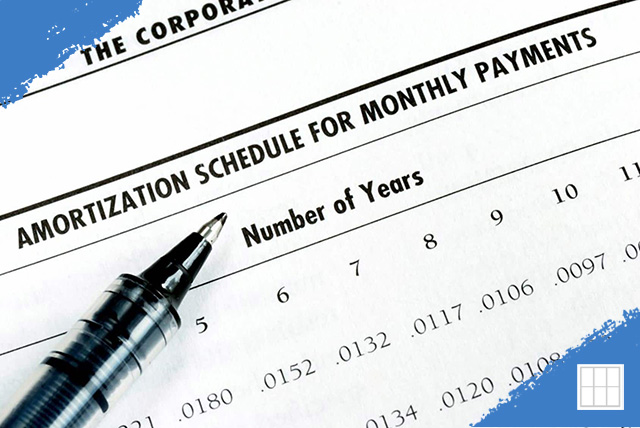Going through a divorce in Kansas City, Missouri, or Kansas, is an emotionally challenging experience. Adding…

How Does a Mortgage Amortization Work?
Purchasing a home is an exciting milestone, and for most people, it involves obtaining a mortgage. While the concept of a mortgage may seem straightforward, it’s essential to have a comprehensive understanding of how it works, particularly mortgage amortization. In this in-depth blog post, we will delve into the details of how does a mortgage amortization work, answer common questions, and provide a comprehensive overview of the process.
What is Mortgage Amortization?
Mortgage amortization refers to the process of gradually repaying a home loan over a specified period. When you take out a mortgage, the principal amount (the loan amount) is divided into equal payments over the loan term. These payments cover both the principal and the interest accrued. This systematic repayment structure ensures that homeowners make regular payments towards reducing their debt and eventually owning their property outright.
Understanding the Amortization Schedule
An essential aspect of mortgage amortization is the amortization schedule. This schedule is a detailed table that illustrates the breakdown of each mortgage payment over time. It outlines how much of each payment goes towards the principal balance and how much is allocated to interest. Initially, during the early years of the loan, the interest portion is higher, while the principal repayment increases gradually over time.
The amortization schedule allows borrowers to visualize their progress in paying off the mortgage. It provides clarity on how each payment contributes to the reduction of the principal balance and the overall interest paid throughout the loan term.
Factors Affecting Mortgage Amortization
Several factors influence the mortgage amortization process. Understanding these factors can help borrowers make informed decisions and potentially save money over the life of the loan. Some of the critical factors include:
- Loan Amount: The total amount of money borrowed for the mortgage.
- Interest Rate: The annual percentage rate charged by the lender on the loan.
- Loan Term: The length of time over which the mortgage is repaid.
- Payment Frequency: The frequency at which mortgage payments are made (e.g., monthly, biweekly).
- Down Payment: The initial payment made by the borrower when purchasing the property.
Higher interest rates or longer loan terms can result in more interest being paid over time. Conversely, larger down payments and shorter loan terms can reduce the overall interest paid.
Impact of Additional Payments
Making additional payments towards the mortgage can significantly impact the amortization process. Any extra payments made directly towards the principal balance can result in a shorter loan term and lower interest payments.
By making additional principal payments, borrowers reduce the outstanding balance, which reduces the amount of interest that accrues over time. This approach can potentially save thousands of dollars in interest payments and help homeowners pay off their mortgage sooner.
Amortization vs. Interest-Only Mortgages
It’s essential to understand the difference between amortization and interest-only mortgages. In an amortization mortgage, each payment reduces the principal balance and covers the interest. Over time, the loan is gradually paid off.
On the other hand, interest-only mortgages require only interest payments for a specific period, typically ranging from five to ten years. During this period, the principal balance remains unchanged. After the interest-only period, borrowers must start making principal payments in addition to the interest.
Conclusion:
Understanding how mortgage amortization works is crucial for homeowners and prospective buyers. By familiarizing themselves with amortization schedules, the impact of interest rates, and the potential benefits of additional payments, individuals can make informed decisions about their mortgages.



